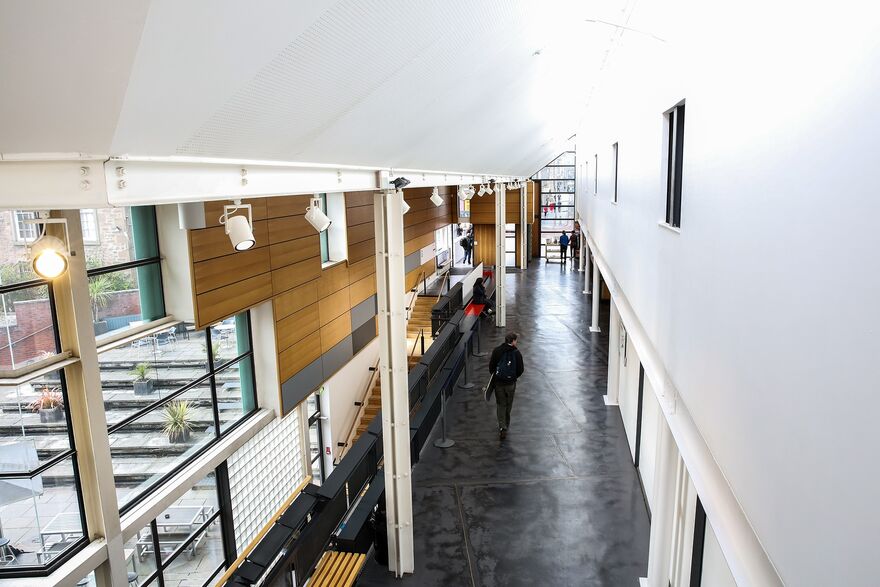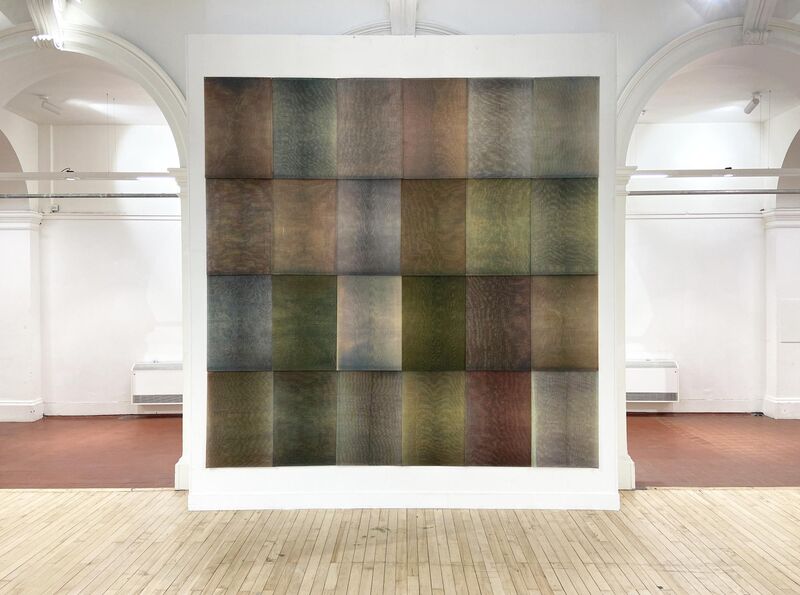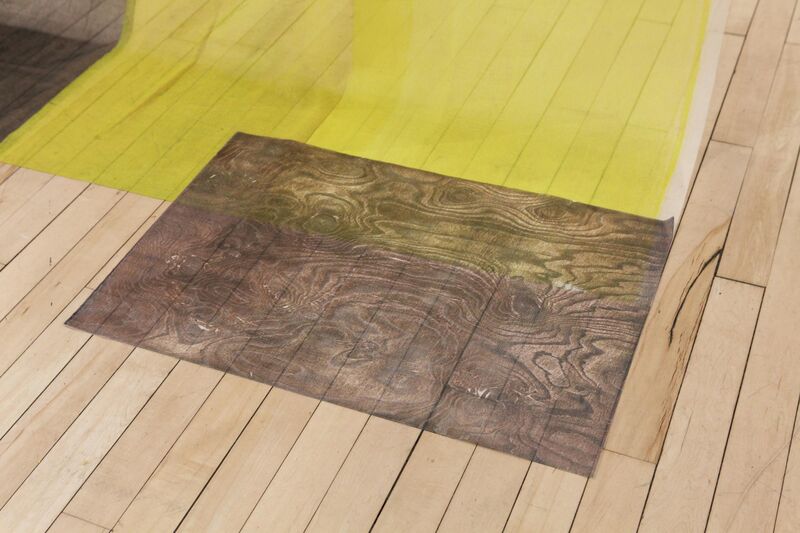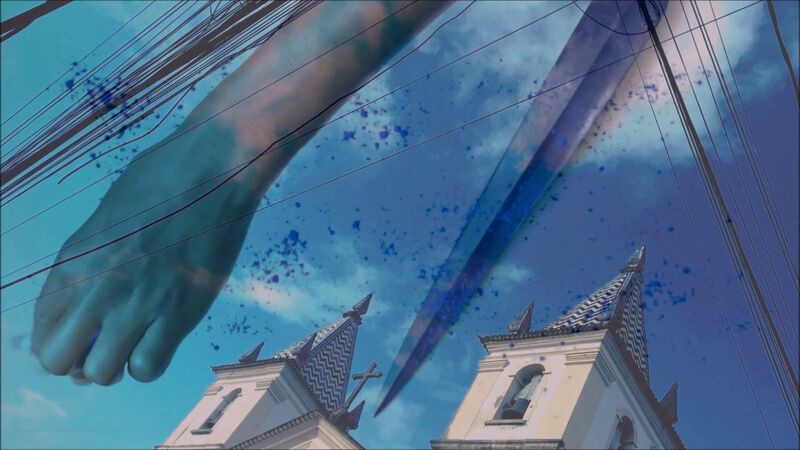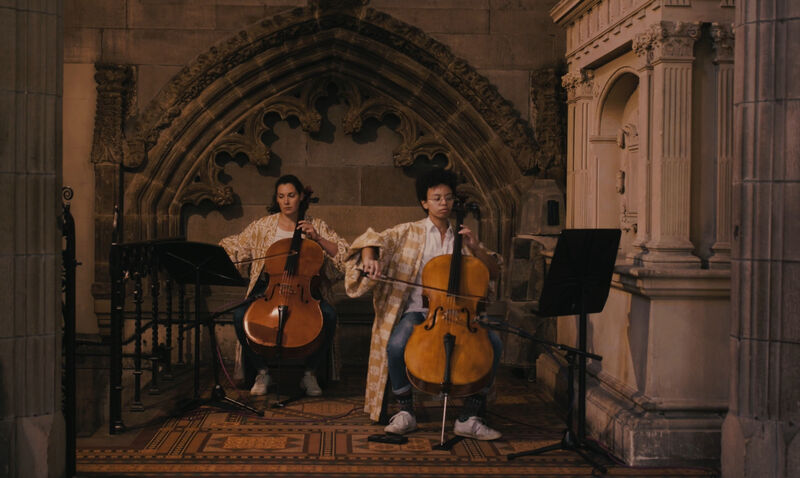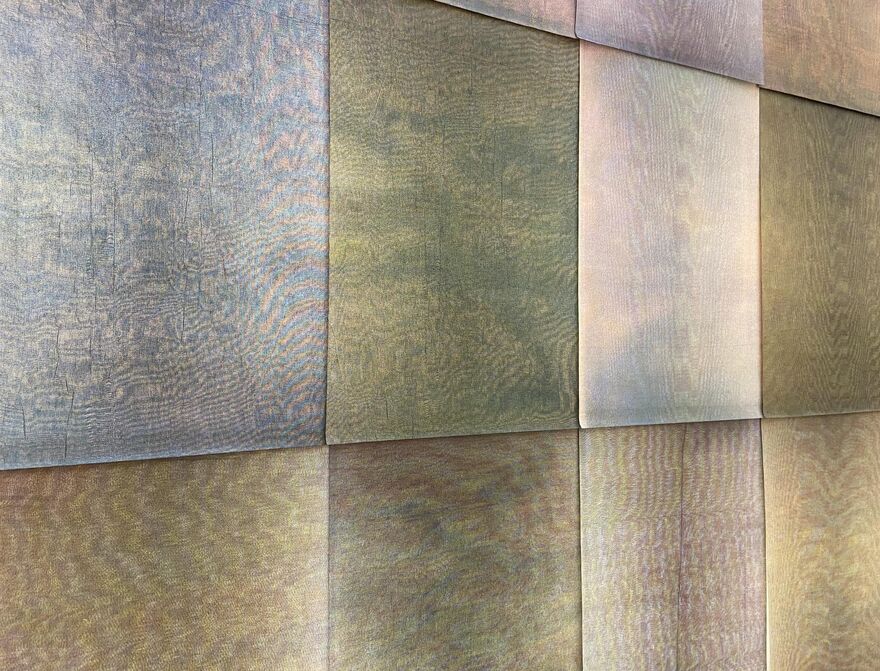
Meet our DCA Print Studio x Jerwood Residencies participants
We host a number of residencies in DCA Print Studio, welcoming artists from all over the world into the studio to experiment with the equipment and work on new ideas with the help of our knowledgeable team.
We’re delighted to share who will be working in the studio this year, as part of the DCA Print Studio x Jerwood Residencies. Funded by Jerwood Foundation, this flexible, artist led residency is fully supported by DCA and we’re looking forward to welcoming Miriam Hancill and Thulani Rachia to the studio to expand their practice through the medium of print.
Published
About Miriam Hancill
Miriam Hancill is a visual artist and practice-based researcher, working primarily with printmaking and sculptural installation. She lives and works in Edinburgh.
Miriam’s practice teases out the generative sensations of printmaking through material-led inquiry. It makes explicit the media, tools, decisions, and actions of the printmaker within the workshop setting – harnessing print's inherent uncertainty, and adopting a practical methodology driven by processual awkwardness. Textiles play an important role in Miriam's work, their malleability and variable scale providing points of potential through which the conventions of the discipline can begin to be unpicked.
Miriam holds an MFA in Contemporary Art Practice from Edinburgh College of Art (2020), and a BA (Hons) in Fine Art from Newcastle University (2015). She is currently in the final stages of completing her PhD by-practice at Edinburgh College of Art, which investigates how print matter can unfold through material-led practice to suggest new modes of print thinking and making.
I can't wait to get my hands on a new range of materials, tools, and processes at the DCA print studio – to have the time to experiment with them, and to investigate the unexpected ways they might entangle in practice.Miriam Hancill
About Thulani Rachia
Thulani Rachia is a South African artist working across moving image, performance, music composition, and sculpture. His research based practice, Siwaguba kanjani amaphupho ethu agqitjwe kulezindonga? (iZulu for “How do we excavate the dreams laid to rest in these walls?”), centres on two key processes in his work: critique and recovery—seeking a collective reclamation from the cultural erasure inflicted by colonial ethnocide. His work has been exhibited at institutions and festivals both nationally and internationally including São Paulo-Arte, Bluecoat, Liverpool; Subsolo Laboratorio de Art São Paulo; Glasgow International Festival of Contemporary Art and Edinburgh Art Festival.
I am particularly excited to be working with the material Wadji again, to test and discover new applications of it in printmaking in collaboration with print techniciansThulani Rachia

